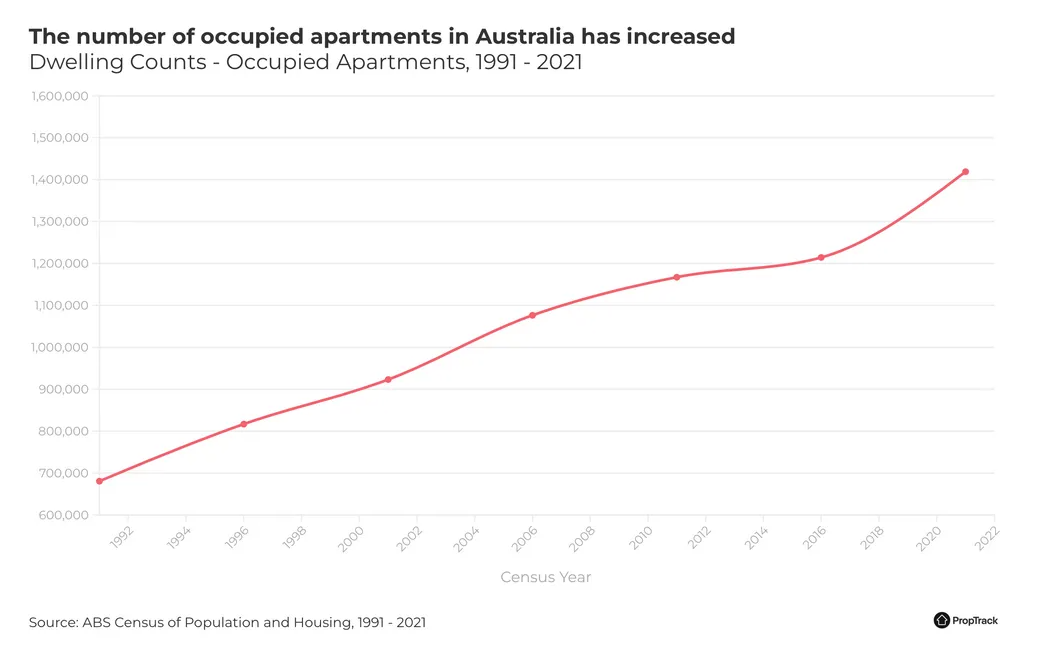When making the decision to purchase an electric vehicle, potential owners, especially those without private off-street parking, want to know reliable, accessible charging will be readily available to meet their needs so they can buy with confidence.
What are these needs?
Whether you live in a house with a private garage or an apartment with only on-street parking available, EV charging needs remain the same: slow chargers where they park during the day or night, and fast charging at service stations. Not only is this preferable, it is the most practical charging option. Given the option, would you rather plug in your vehicle and forget about it over a period of time as you slept or worked, or drive to a service station to charge for 20 minutes to an hour each day?
At present, Australia is reported to have only 2,531 AC (slow) charging points available to the public and 470 DC (fast) charging stations with growth of each sitting at 24% and 23%, respectively.1
This growth, especially of slow charging solutions, is not enough to keep up with the current and projected growth of EV demand, meaning owners would almost certainly need to have the option to charge their EV at home or at work.
Unfortunately, this simply isn’t an option for many Australians due to career opportunities in cities as well as current housing and rental markets. According to the 2021 Census, over the past 30 years, the number of occupied apartments across the country has more than doubled – up 108% – to 1,418,898 dwellings. 
With pressure to meet net-zero targets by 2050, this leaves Australians between a rock and a hard place: the desire to buy an electric vehicle but with a lack of proper charging solutions for those without private parking.
What is the best strategy to meet these charging needs?
To best meet user needs, strategy must be driven by these needs, meaning the priority of EV charging solutions needs to focus on providing more reliable, accessible, and sustainable kerbside public charging infrastructure throughout Australia.
With the majority of EVs spending a significant amount of time parked overnight, it makes the most sense to charge your EV near your home, as well as considering range increases for EVs. As battery life improves to support longer distance driving before needing to recharge, public slow charging options need to be prioritised for times EV owners are away from home for more than the day.
For those that are relying on public infrastructure for day-to-day use or travel requirements, slow charging options need to be available in addition to fast charging stations. To best meet these needs, it is important to consider how to maximise accessibility without visually impacting streets.
What role does EVX play in these challenges?
Thankfully, these obstacles are more molehill than mountain, and considering past large-scale technological developments and rollouts, infrastructure has successfully been implemented prior to major demand, including public charging stations in other countries like the Netherlands. Australia may be behind the rest of the world in regards to electric vehicle uptake, it does provide an opportunity to learn from other countries.
One consideration is the necessity for public street chargers without unsightly visual impact. Not only will careful planning here ensure EV owners’ confidence in their ability to charge when and where they need it, it will help to avoid restriction of large-scale implementation in public spaces.
We are able to roll out public charging infrastructure with minimal visual impact and disruptions to local parking. Our EVX Polecharger is installed onto existing street furniture. Not to mention, there is no extra burden to overhaul the existing electricity supply infrastructure due to the AC charging approach and smart charging capability.
See our solutions page or contact us here if you want to hear more about our charging solutions for local governments and councils.

